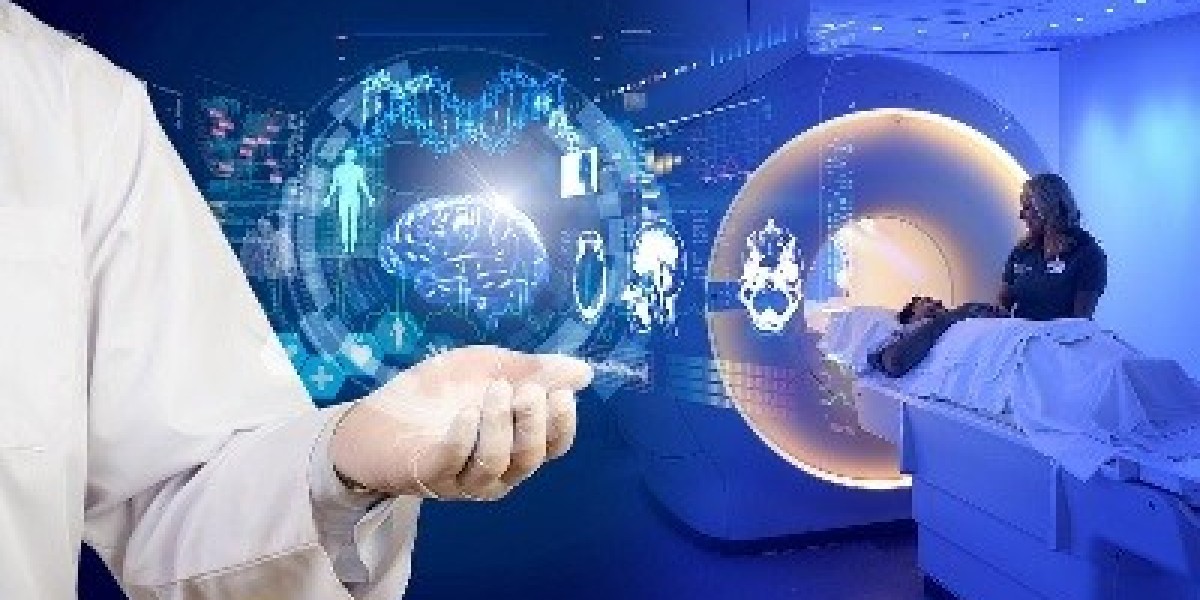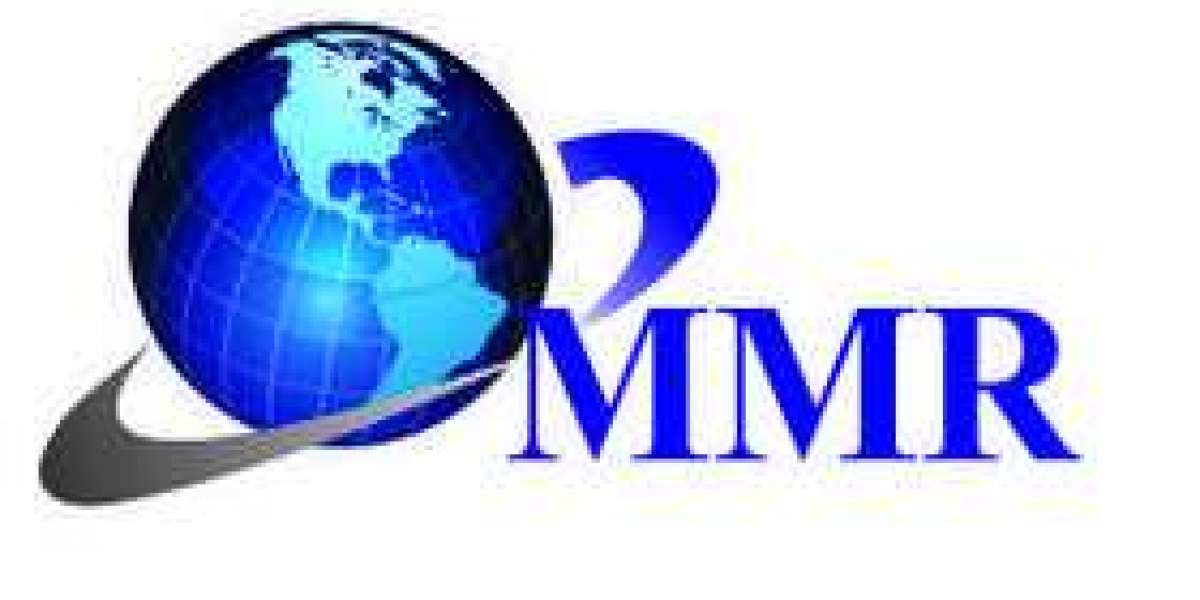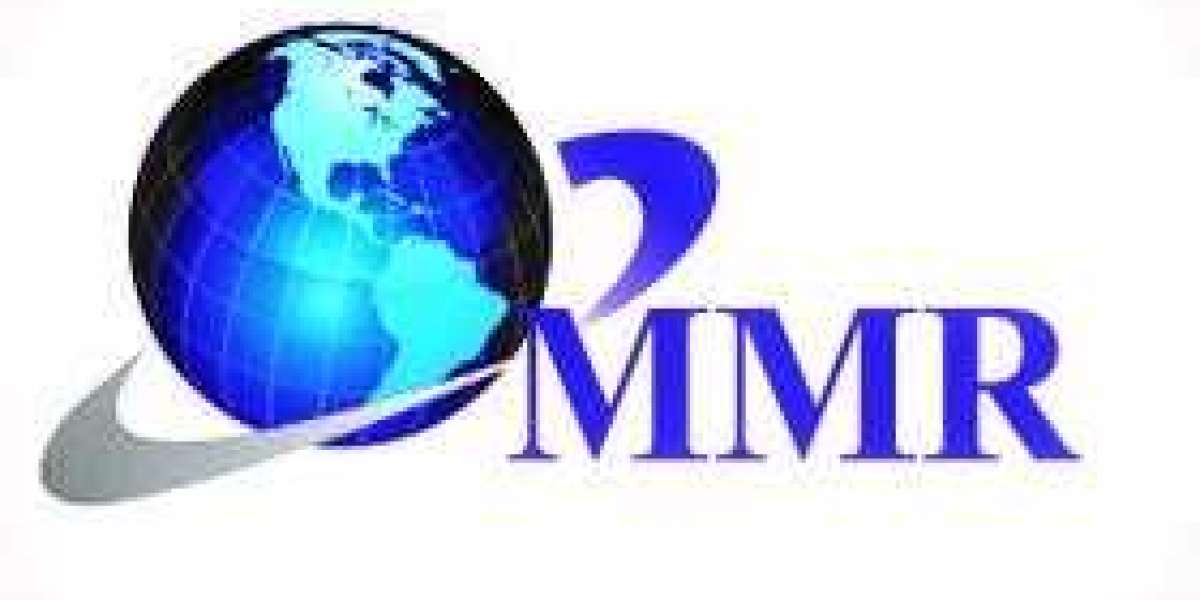Advancements in technology have revolutionized the healthcare industry, ushering in an era of efficiency, accuracy, and convenience. One of the most significant innovations in recent years is medical automation, which encompasses a wide range of automated processes and devices aimed at streamlining healthcare delivery and improving patient outcomes.
One key area of medical automation is the development of automated blood pressure devices. These devices utilize cutting-edge technology to accurately measure a patient's blood pressure without the need for manual intervention. By automating this process, healthcare professionals can obtain precise blood pressure readings quickly and efficiently, leading to more accurate diagnoses and treatment decisions. Additionally, automated blood pressure devices can reduce the risk of human error, ensuring consistent and reliable results for patients.
Another aspect of medical automation is medical coding automation, which involves the use of software and algorithms to streamline the medical coding process. Medical coding is a critical aspect of healthcare administration, as it involves translating medical diagnoses, procedures, and services into universal codes for billing and reimbursement purposes. Traditionally, medical coding has been a time-consuming and labor-intensive task, requiring skilled professionals to manually assign codes to each patient encounter.
However, with the advent of medical coding automation technologies, this process has become significantly more efficient and accurate. These automated systems use advanced algorithms to analyze clinical documentation and assign the appropriate codes automatically. By automating medical coding, healthcare organizations can reduce the burden on coding staff, minimize errors, and accelerate the reimbursement process. Additionally, automated coding systems can help ensure compliance with coding regulations and standards, further enhancing the efficiency and accuracy of healthcare operations.
In addition to automated blood pressure devices and medical coding automation, the medical automation market encompasses a wide range of other technologies and solutions. These include automated medication dispensing systems, robotic surgery systems, remote patient monitoring devices, and much more. Collectively, these technologies aim to enhance the quality of patient care, improve clinical outcomes, and increase operational efficiency within healthcare organizations.
The benefits of medical automation are numerous and far-reaching. By leveraging technology to automate routine tasks and processes, healthcare providers can focus more time and resources on patient care and clinical decision-making. Automation can also help reduce healthcare costs by minimizing inefficiencies and preventing costly errors. Furthermore, automation can improve patient safety by standardizing processes and reducing the risk of human error.
Related Report:
For More Information, Please Visit @ Market Research Future



